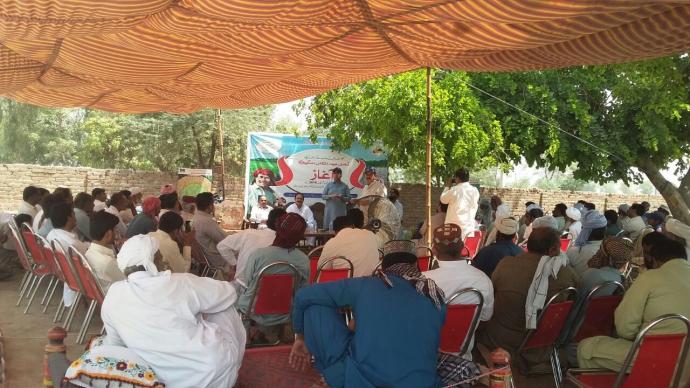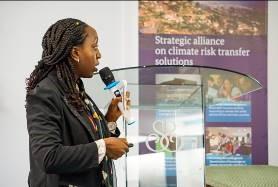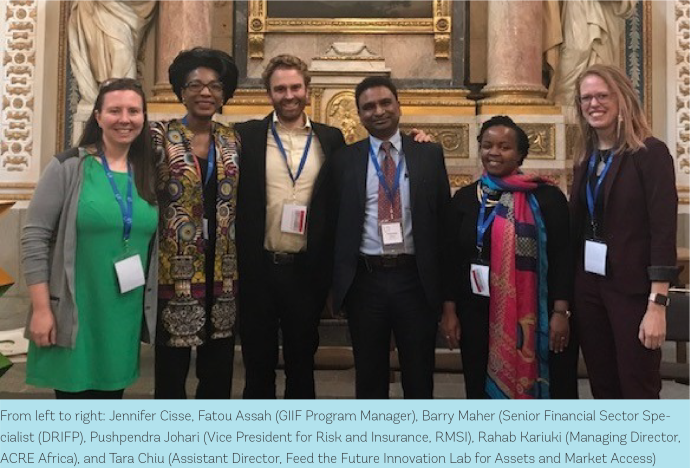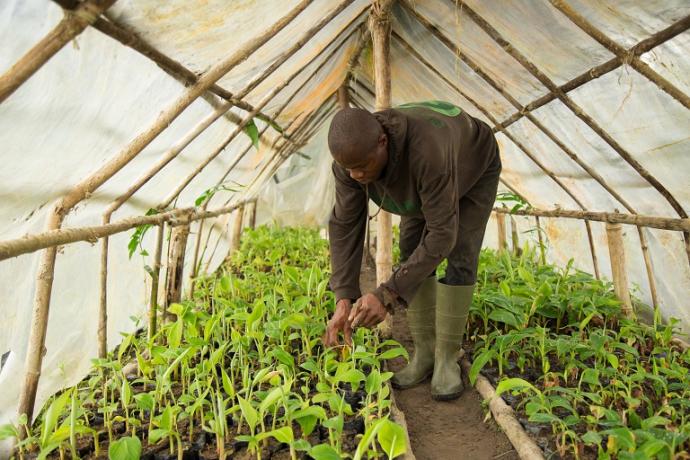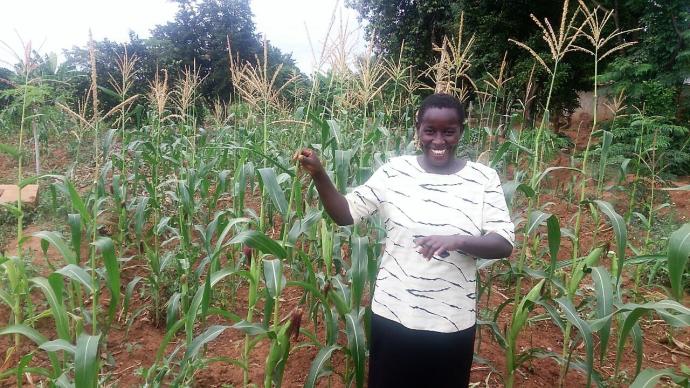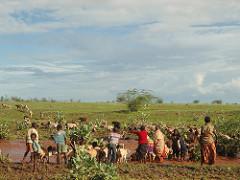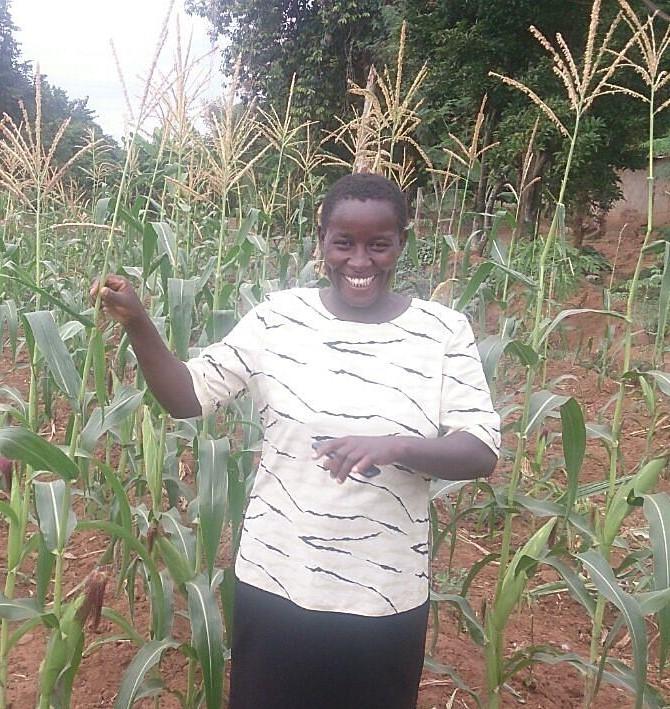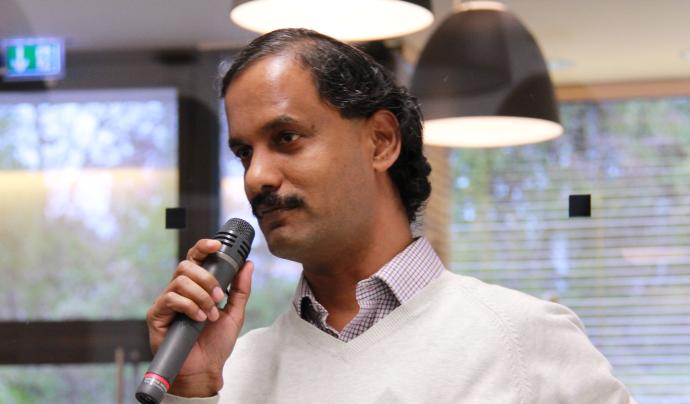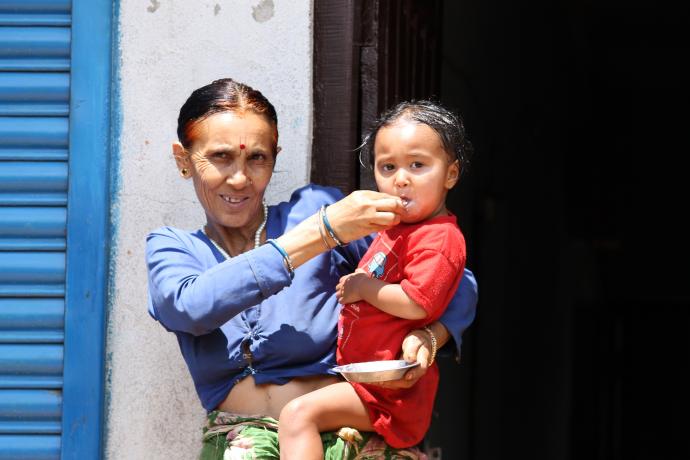29
Oct
Vijayasekar Kalavakonda, GIIF Senior Financial Sector Specialist, talks about current GIIF's activity in Pakistan. Could you please tell us about what the Global Index Insurance Facility is doing in Pakistan? The “ Punjab Agriculture and Rural Transformation Project" is currently under implementation after it was approved in December 2017. Led by the World Bank Group’s Agriculture Practice, the project aims at increasing the productivity of crop and livestock farmers, improving their climate resilience, and fostering agribusiness development in the Punjab Province of Pakistan. Global Index

